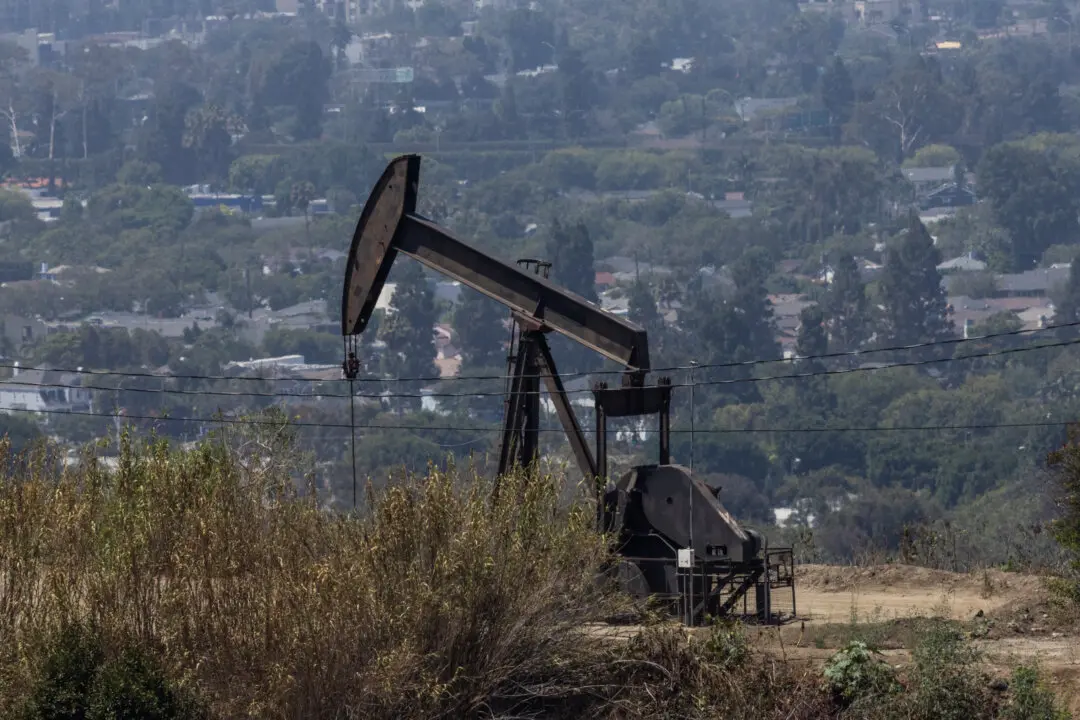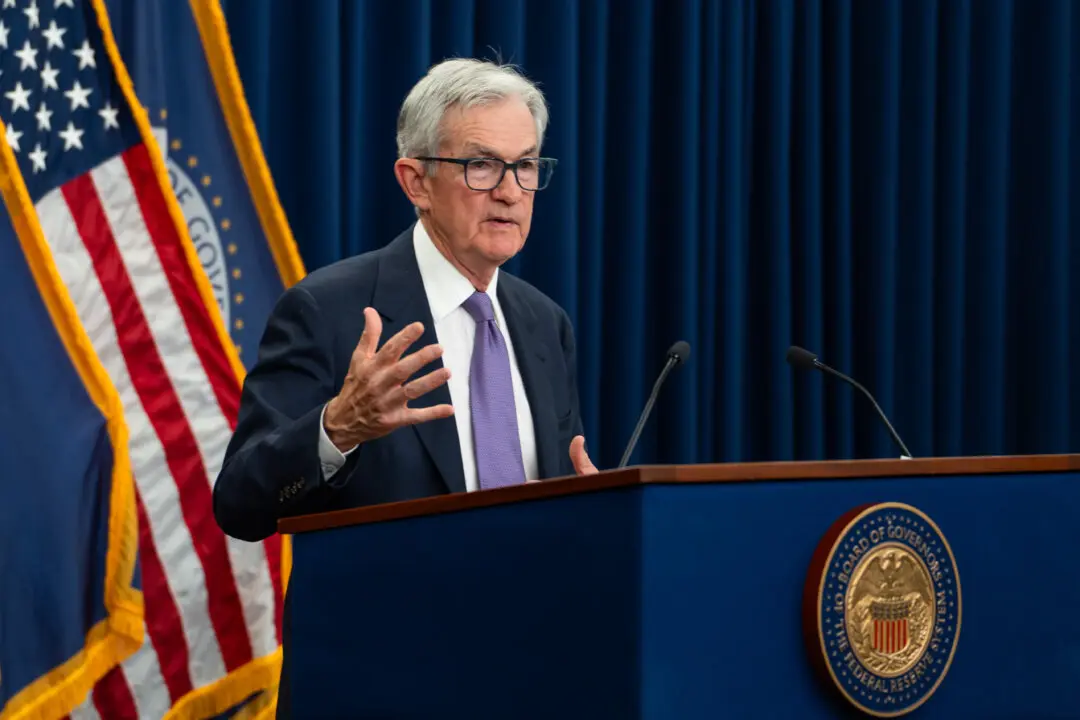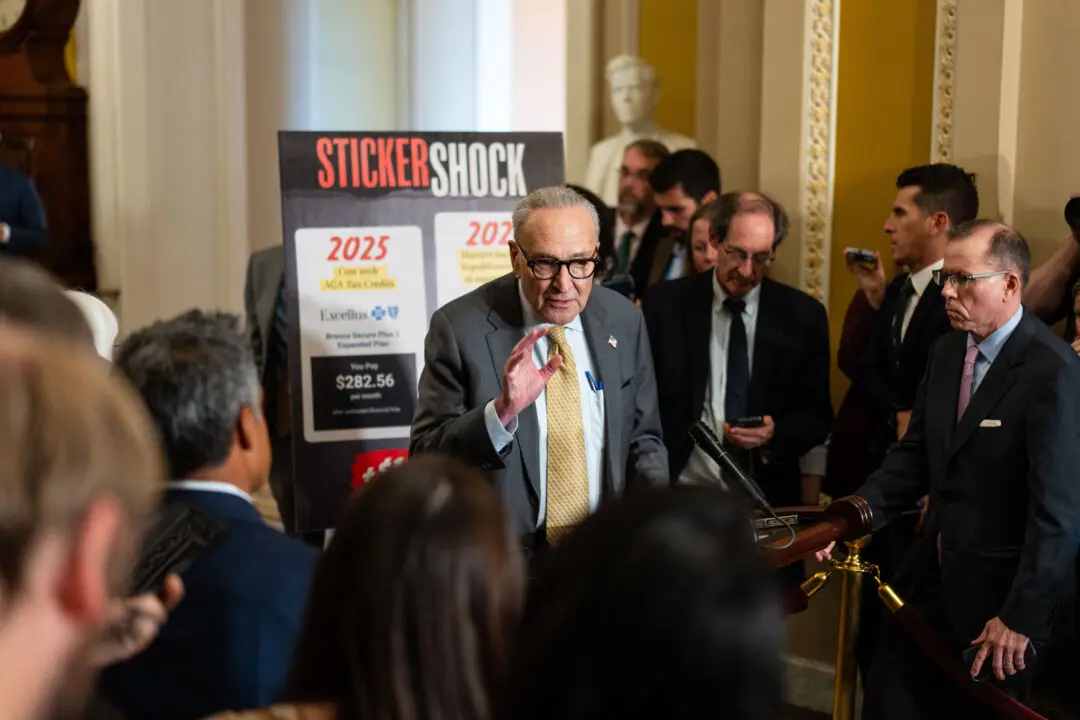Federal Reserve officials expect that interest rate cuts will be paused until monetary policymakers observe more progress on inflation, according to minutes from the January policy meeting.
Officials shared concerns about the possible effects of the new administration’s economic agenda, particularly tariffs, deregulation, and taxes.





